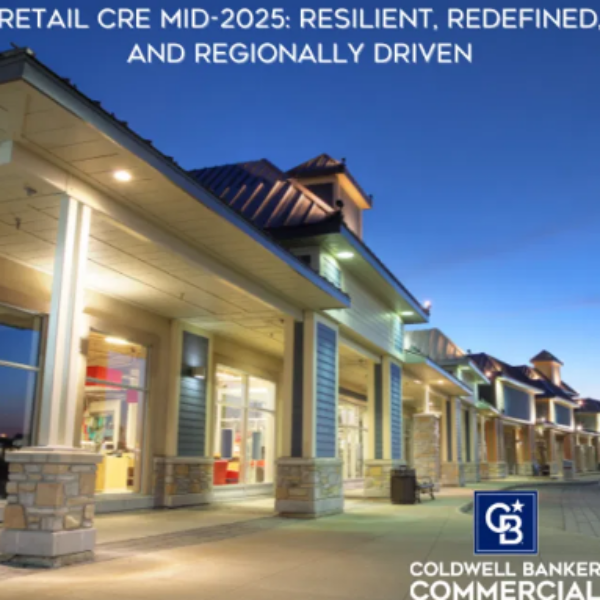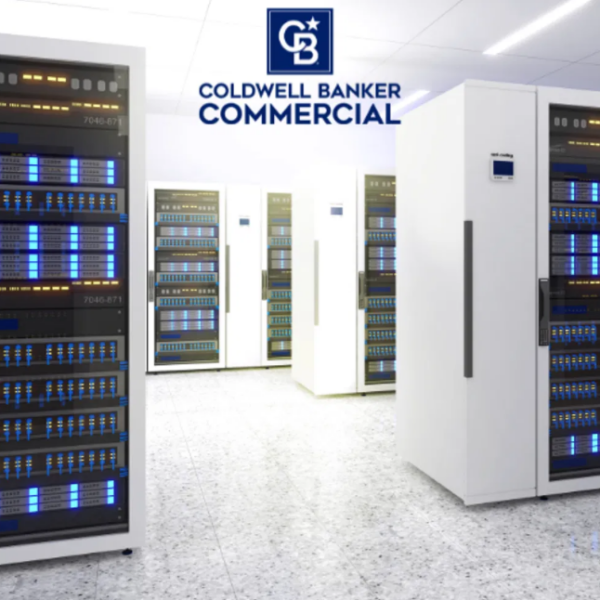Fallout from the housing collapse a decade ago resulted in a surge in the renter population–outpacing homeownership for the first time in history. It also marked a return to cities where more walkability with access to public transit offered a much more affordable lifestyle for a population struggling to maintain in the midst of the economic collapse.
Over the last few years as the economy has steadied and the housing market rebalanced, the move to urban centers has continued but there is evidence that millennials and Gen Z may be making a return to the suburbs. The only question is, will public transit keep up?
Return to the Suburbs?
Last year, the NAR® conducted a community survey that showed walkability ranks very highlyfor more than half of respondents when deciding where to live. 41% of respondents making less than $50K a year said that it was public transportation and its accessibility that was a determining factor in where they chose to live.
Two years ago, we started seeing more people moving to the suburbs than in the previous seven years. Suburban migration actually outpaced moves to densely populated cities. In fact, the numbers show that younger people are not necessarily interested in the suburbs per se but instead are looking for less populated cities where there are less than 1K people per square mile.
Suburbs outside of large metros like Austin, Milwaukee, and Chicago are seeing the most in-migration. The problem is that there is a limited supply of apartments in the suburbs, fewer amenities, and many lack the public transit systems to support the new influx of residents, though that may be about to change.
New Suburban Multifamily Construction and Public Transit
Despite all of the perks of living in the city – close access to restaurants, shopping, entertainment, and public transit – there are a lot of pluses to living in the suburbs too. There is far less congestion, more green spaces, and typically better public schools for families with children than in the city.
Developers are ahead of this trend as we see multifamily construction on the upswing in the suburbs. The massive migration to the cities over the last decade has led to increasing rent prices whereas the cost of living in the suburbs has gone down.
Will Public Transit Keep Up?
The one thing missing is more public transportation options. Most public transit from the suburbs is a direct line from the heart of the suburbs downtown. However, getting around the suburbs for shopping, entertainment, and dining often requires a car which most millennials are foregoing in order to save on fuel costs and to protect the environment.
For the suburban return to sustain, it will require more public transit to accommodate a workforce and population that is increasingly dependent on public transportation. Mix-use is one way that suburbs are making way for new residents, turning old big box stores and industrial parks into community centers full of dining options and shopping.
Lack of Transportation Limiting Return to Suburbs
While there has been an uptick in suburban in-migration, it is mostly limited to the south and southwest. Many urban centers in the north and Midwest are still seeing net increases or steady population density. The lack of public transportation appears to be the main hindrance to a total suburban renewal.
Employment in the suburbs is increasing. However, without a means to get around for mid and low income individuals who are most interested in seeking the lower cost of living of the suburbs, and until multifamily construction produces enough affordable housing options to meet the demands of new residents, this trend will remain stifled.
Coldwell Bankers Commercial, Agents are available to help you navigate commercial real estate within Billings, MT.








